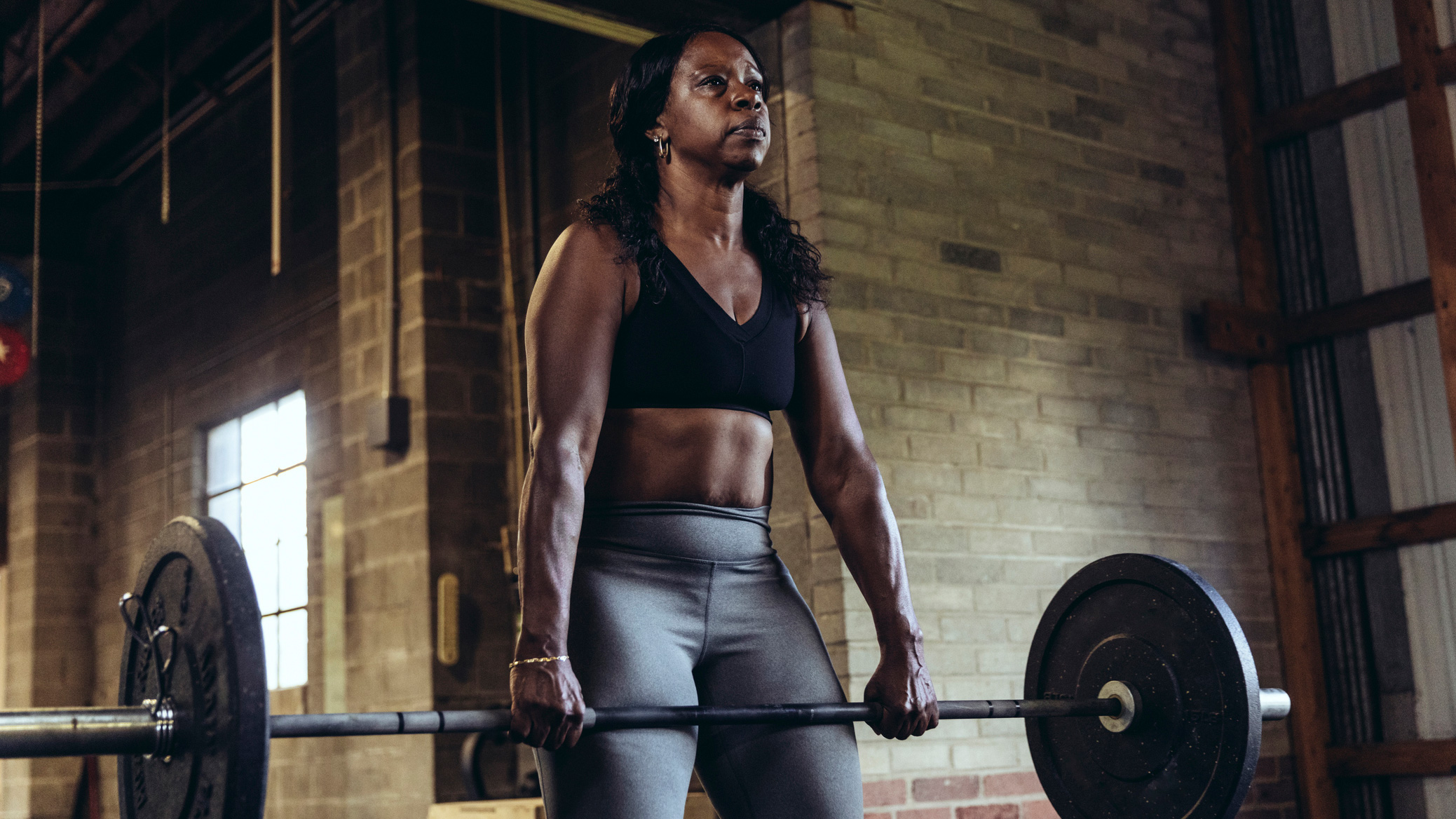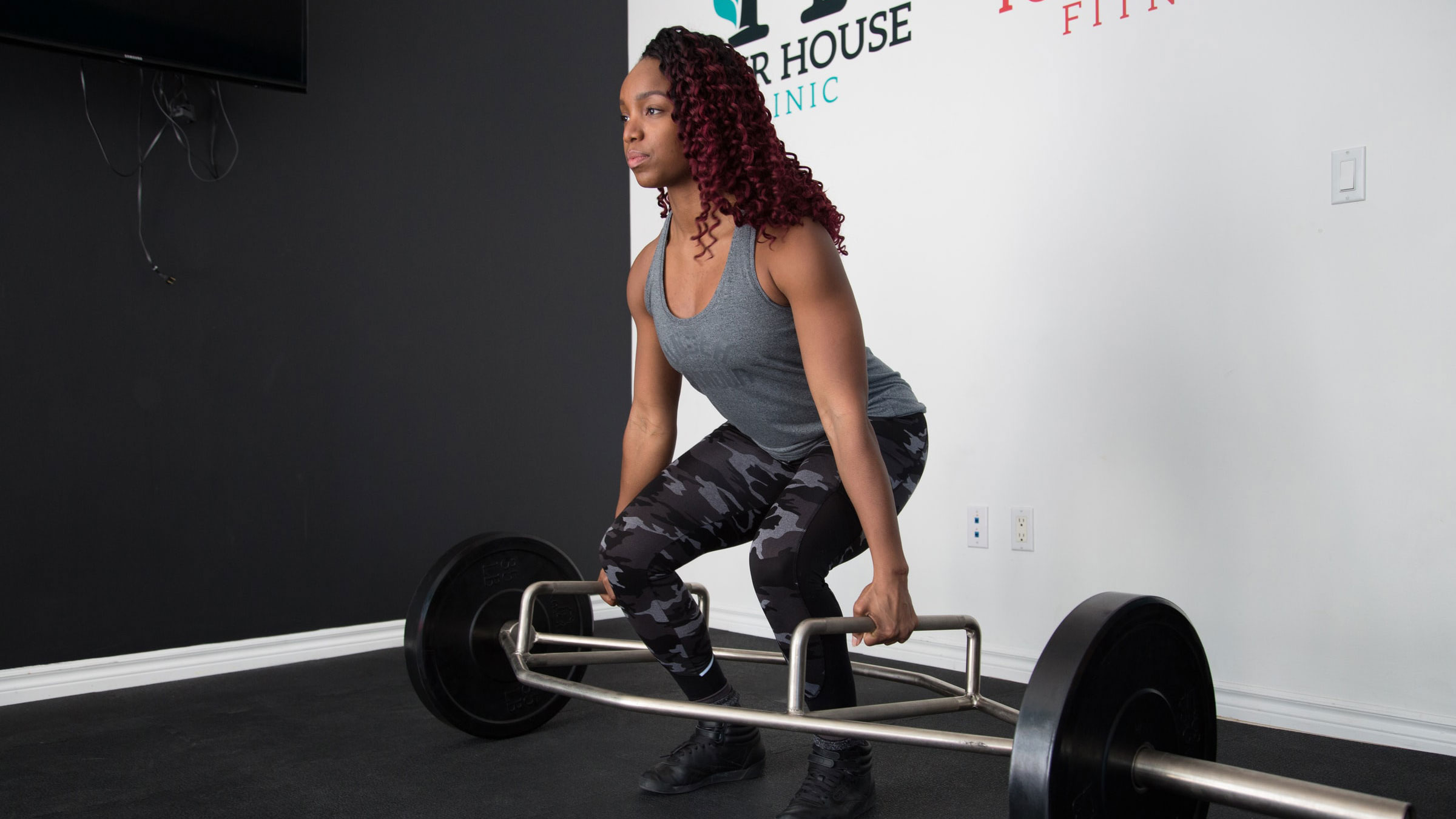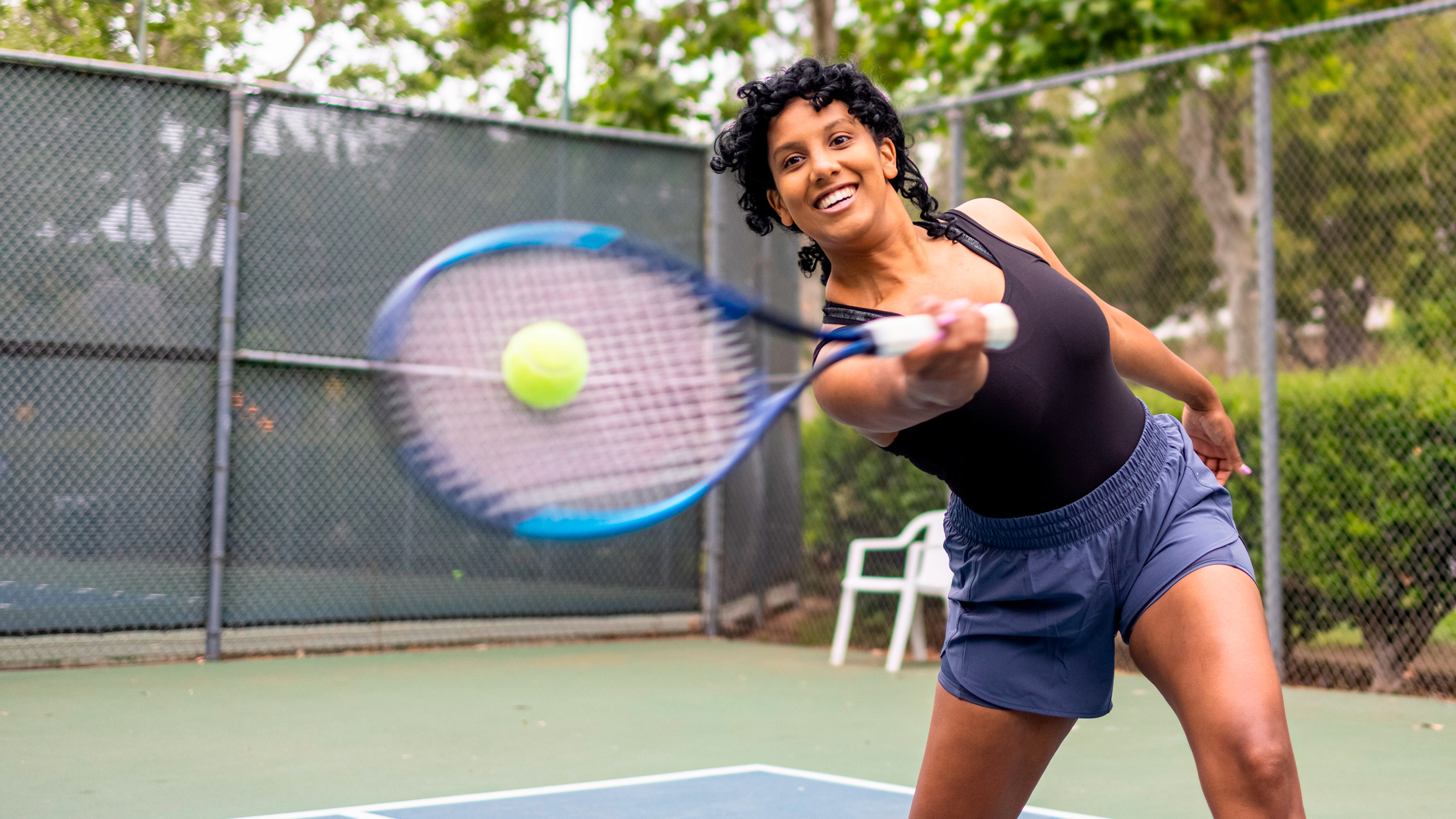Deadlifts can improve back pain, not cause it, according to science
Deadlifts with heavy weights don't have to cause any pain – in fact, they might prevent back issues long-term


If you do resistance training with barbells, the deadlift is usually the heaviest lift in your arsenal. Using your legs and lower back to lift the bar away from the earth, it's no surprise many people think too much deadlifting can be bad for your back.
It's one reason why people might shy away from big barbell lifts, opting for the movement using lighter adjustable dumbbells instead of learning how to deadlift properly with barbells. However, lifting heavy – and by that, we mean appropriate and proportionate to your size and strength – can actually benefit your back health if you learn to do them with correct form.
One of the main arguments for this comes from a 2021 study published in the Journal of Sports Rehabilitation. The researchers examined all the existing literature, reviewing a trio of different studies to figure out the common thread between each piece of research.
The end result was that, in the author's words, "evidence exists that exercise programs that include deadlifts are a clinically effective option for the treatment of low back pain, for both pain scores and functional outcome measures."

It makes sense: deadlifting works your posterior chain of muscles consisting of your legs and glutes, in addition to your core, lower back and forearms. The stronger and healthier your back and legs are, the less likelihood you have of developing back pain, which affects a huge 29% of adults according to the study above.
This is clarified by further research, which says lumbar (or lower back) strength and regular walking can reduce pain levels. Strong legs and glutes will help you walk, squat, sit and stand, while in older adults, stronger forearms honed by gripping the bar can improve your grip strength, reducing your risk of mobility-limiting falls.
You don't have to lift heavy to get started: if you've never performed the move before, just use the bar with no weight attached until you've got the correct form (no rounding your back!) and you're used to the movement. If possible, have a personal trainer or a member of the gym staff check your form before you start throwing weight on the bar.
Get the Fit&Well Newsletter
Start your week with achievable workout ideas, health tips and wellbeing advice in your inbox.
For the experienced lifters, this is more proof that one of the most satisfying moves to perform won't in fact cause you pain. If anything, it's far more likely to protect your back and strengthen it, reducing pain and improving your general health for years to come. Just make sure you fuel your muscle's growth with our best protein powder.
Matt Evans is an experienced health and fitness journalist and is currently Fitness and Wellbeing Editor at TechRadar, covering all things exercise and nutrition on Fit&Well's tech-focused sister site. Matt originally discovered exercise through martial arts: he holds a black belt in Karate and remains a keen runner, gym-goer, and infrequent yogi. His top fitness tip? Stretch.
-
 I do these two things every day to stay fit and healthy, says the newest star trainer on Chris Hemsworth's fitness app
I do these two things every day to stay fit and healthy, says the newest star trainer on Chris Hemsworth's fitness appHere's how Centr's Korey Rowe trains for longevity
By Sam Rider Published
-
 I thought sports weren't for me, until I realised they're a game-changer for ticking off cardio
I thought sports weren't for me, until I realised they're a game-changer for ticking off cardioI swapped HIIT and running for tennis—and I've never felt better
By Alice Porter Published